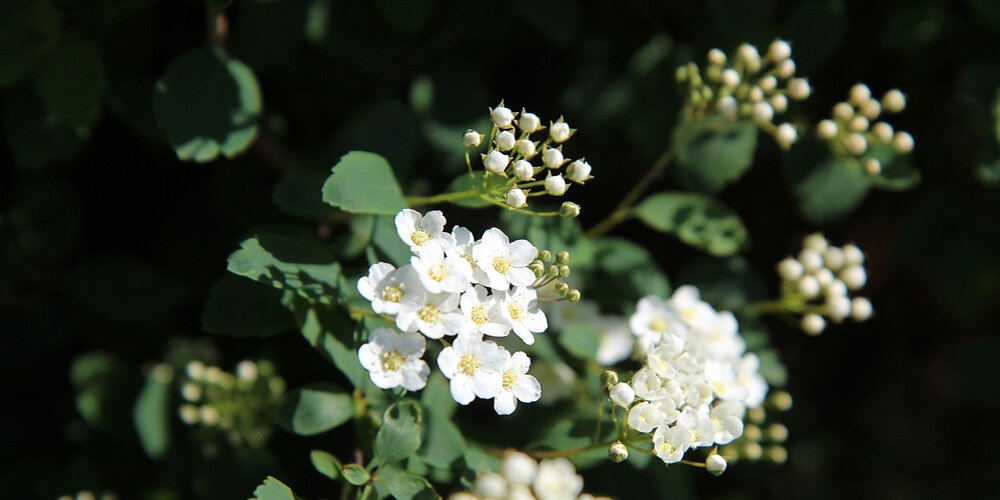Ligustrum vulgare - wild privet
The Yew is normal found in the south of England forming part of beech woodland. It also is commonly use for hedge planting. It is one of the largest living European species and live up to 500 years old.
Taxus baccata - yew
The Yew is normal found in the south of England forming part of beech woodland. It also is commonly use for hedge planting. It is one of the largest living European species and live up to 500 years old.
Planting a yew hedge in clay soil
This blog is all about how to plant a yew hedge in clay soil and it’s harder than you think. Check it out yew won’t regret it!
Zantedeschia aethiopica - arum lily
The Arum lily is happy in full sun or partially shaded part of your garden. Prefers ponds and banks of waterways.
Eupatorium cannabinum - Hemp-agrimony
The Hemp-agrimony pink flowers are very attractive to butterflies. It likes damp soil and is happy in full sun or partial shade.
Gunnera manicata - Giant rhubarb
The Giant rhubarb is very big so think about the space you have before planting it. It’s very hardy, likes the sun but can withstand the winter freeze down to -5%
Sanguisorba officinalis - great burnet
The Great burnet, with it’s maroon flowerheads, mingles well with damp-loving grasses all the way through the summer month. It enjoys moist soil in a sunny part of the garden. May need supporting.
Bog Plants
Is your garden’s too wet or you sick of your pond, don’t get bogged down! check out our blog on bog plants. It’s the bog blog! Perfect, not only for bog garden plants but also bog plants for ponds.
Trollius europaeus - globeflower
The Globeflower grows in damp shady area. It’s slightly poisonous and is ever good for pollinators
Athyrium niponicum var pictum - Painted lady fern
The Water avens is a pretty common plan that appears in damp grassland and riverbanks
Fritillaria meleagris - Snake's-head fritillary
The Snake’s-head fritillary is Classified as Vulnerable on the Vascular Plant Red Data List for Great Britain and is actually quite a rare sight in the wild. It’s happiest on riverbanks or in wet meadows.
Lythrum salicaria - Purple-loosestrife
The purple-loosestrife is found in reed beds and along river banks. It’s large purple flower stems are a valuable food source for long tongued insect, including lots of species of butterfly.
Filipendula ulmaria - Meadowsweet
The Meadowsweet is actually a member of the rose family. It’s at home in wet ditches and river banks. In the summer it bursts with white flowers and the sweet smell has temped these plants in to peoples gardens. The flowers are edible and are sometimes used in beer and wine recipes
Rudbeckia fulgida - Goldsturm
This hardy yellow flower burst with colour during the late summer months. It likes moist ground and can withstand summer storm and still keep it petals.
Lysimachia nummularia - Creeping Jenny
This little creeper can be found in wet grassland and on the banks of wetland. It’s very versatile and is a popular plant in English gardens. It prefers shade to direct sun light.
Caltha palustris - Marsh-marigold or King Cup
The marsh-marigold is a perfect bog plant for wildlife, it provides cover for frog and nectar for pollinators, especially bees that prefer single head flowers.
Iris pseudacorus -Yellow Iris
This beautiful wildflower is normally found along the banks of rivers, marshland and waterways mixed in with the other water-loving plants. It’s also perfect for pollinators.
Why are the plants dying in my garden?
Everyone knows that they need to fertilize there plants but not everyone know why or what that fertilizer is doing. Here’s GardenWilds trouble shooting guild to the effect different mineral have on you plants. Check it out before it’s too late!
How to make a wildflower meadow
Top tips on grow your own wildflower meadow. It’s harder than you think but the benefit are unbelievable!
Hazel Dormouse
They are also tiny! Dormice grow to between 6cm - 9cm! He could easily lay in the palm of your hand with room to spare.



















